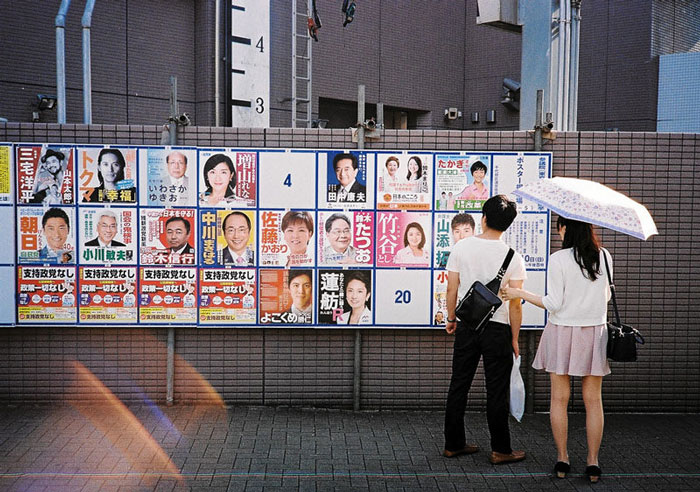
A new device called Trophy Camera uses artificial intelligence to compare its own photographs with the world's most iconic images. During the comparison, Trophy Camera's AI looks for specific characteristics common in photographs that have won World Press Photo yearly since 1955.
Photos that show at least a 90-percent positive correlation with these notable characteristics are then uploaded to the camera's own automated website. It's a bit similar in spirit to Camera Restricta, a concept camera that uses GPS to prevent its user from taking clich
Trophy Camera was created by media artist Dries Depoorter and PhD student/photographer Max Pinckers. Speaking to Co. design, Depoorter and Pinckers explain that their camera is a sort of commentary on what they see as the redundant photography produced by the 'more automatized' cameras that are becoming increasingly popular.
Elaborating on that, Pinckers said:
Press photography appears to be becoming a self-referential medium dominated by tropes, archetypes, and pop-culture references. What implications does this have on how we learn about the world through the images we are being shown? . . . By making this camera, we try to implicitly comment on the current status of photojournalism–which seems to be becoming more questionable in today’s visual landscape–along with the incredibly fast development of computer vision and the relevance of artificial intelligence in our time.
The camera itself is made from a Raspberry Pi Zero W, the computer's Full HD camera module, a 128 x 32 monochrome OLED display, and a 5000mAh powerbank. Trophy Camera is currently part of an exhibition where photographs are taken; most of them are blurry and less than 'notable,' as shown on the camera's automated website.
Via: Co. design
. dpreview.com2017-5-10 21:48











